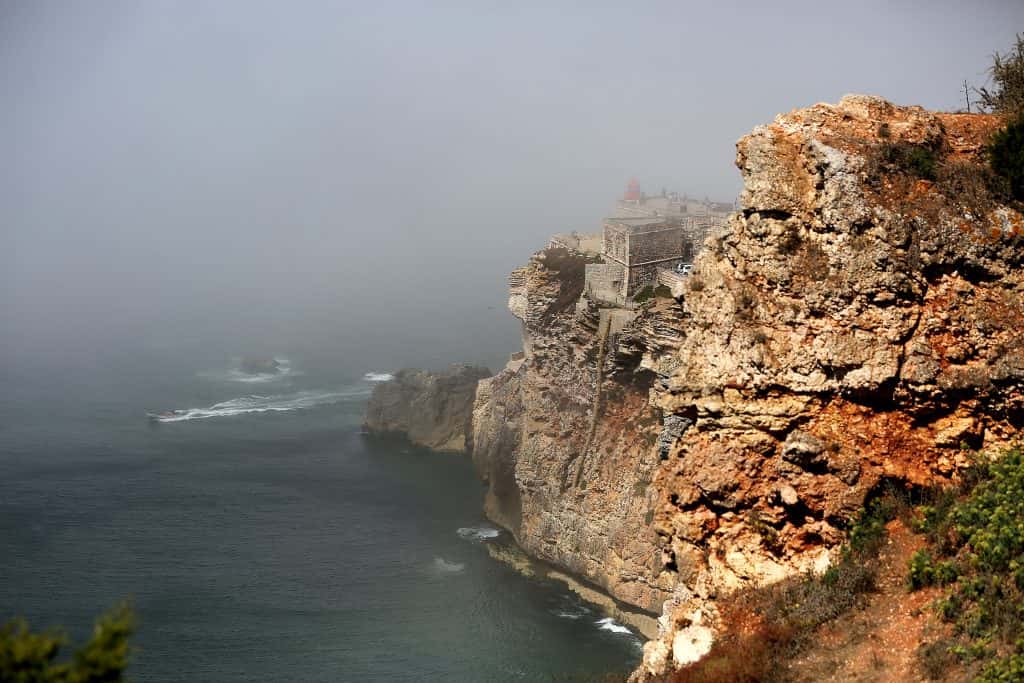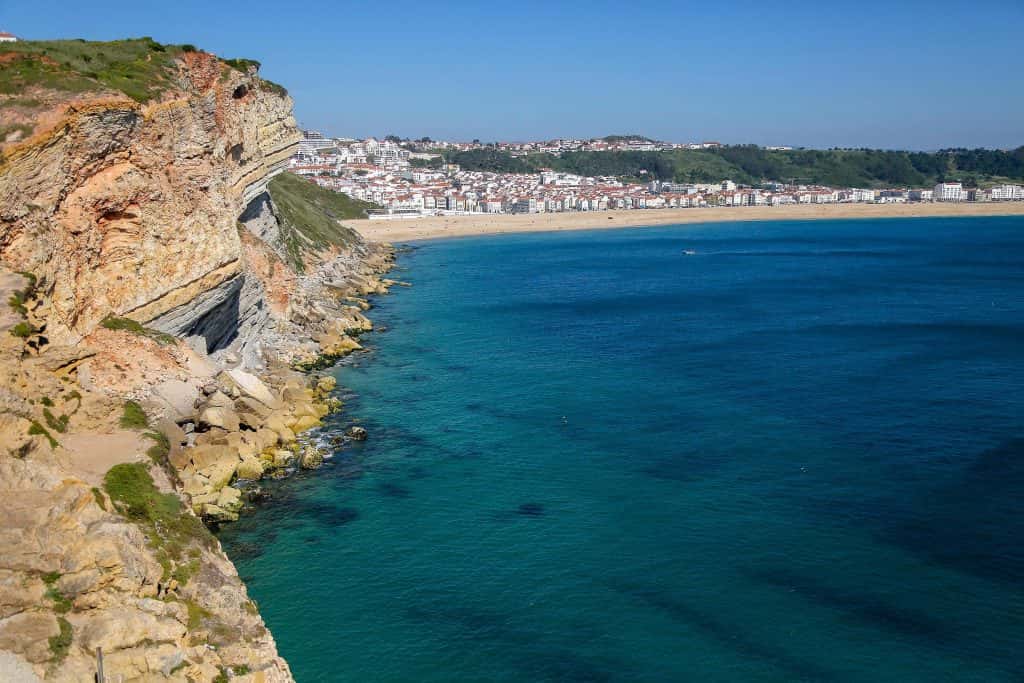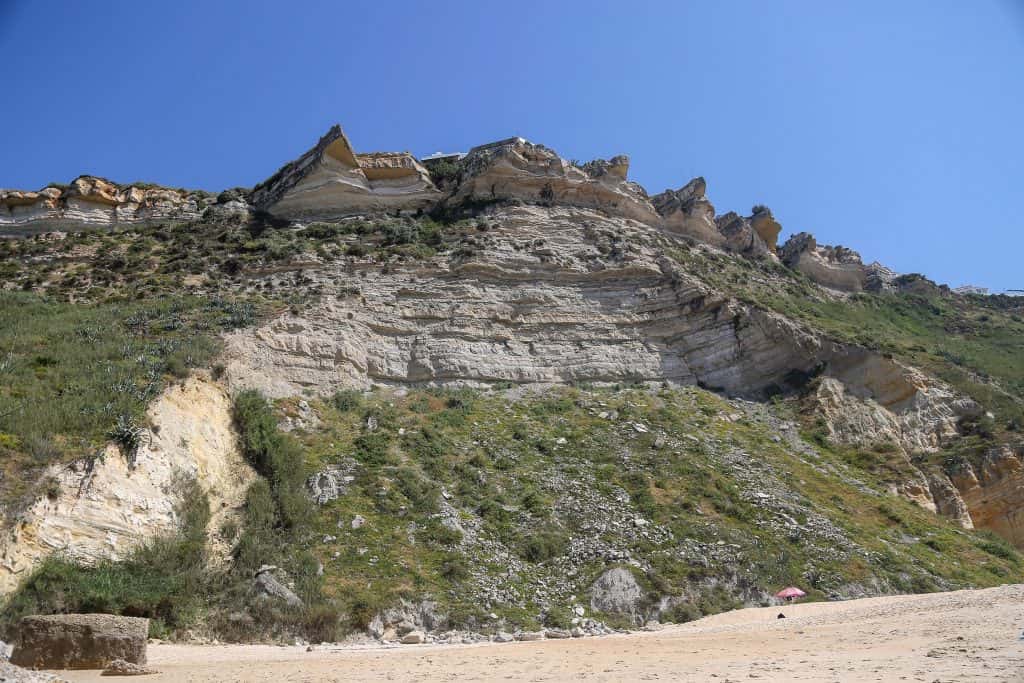
- Get directions
- Comment
- Bookmark
- Share
- Report
- prev
- next
Location
-
Promontory of Nazaré
Description
With a maximum altitude of 110 meters, the Promontory of Nazaré is one of the most spectacular coastal rock formations in the Lusitanian Basin.
This formation of structural origin corresponds to a series of sedimentary episodes (transgressive and regressive) related to geodynamic events that occurred between the Upper Cretaceous (Cenomanian) and the Eocene, already in the Cenozoic.
The rocks that form the base of this structure are of sedimentary origin with very fossiliferous marine facies, with coastal, alluvial, fluvial and continental facies at the top. The lithologies that constitute this formation vary from limestone, marly limestone, marl, coarse sandstone to sandstone to coarse conglomerates. Affecting the formation of coarse sandstone are observable collapse structures indicative of past seismic activity.
At the top of this formation, close to the Fort of S. Miguel Arcanjo, outcrops a Philonian complex of olivine basalts correlated with the Basaltic Complex of Lisbon.
In this imposing structure, in addition to interesting weathering phenomena that gave rise to a peculiar geomorphology, it is also possible to identify an endocarsus that occurred during the Upper Cretaceous (Turanian).






Adicione uma Avaliação